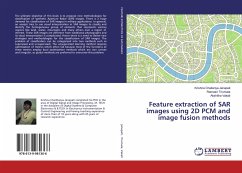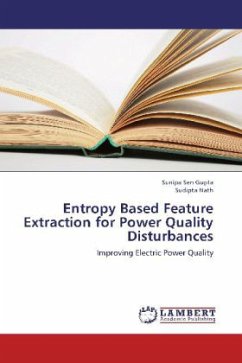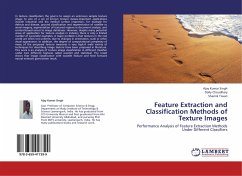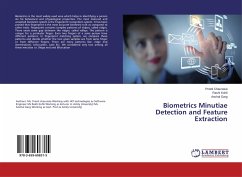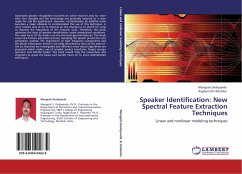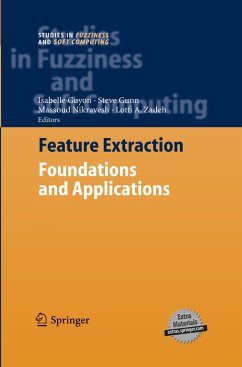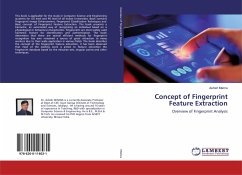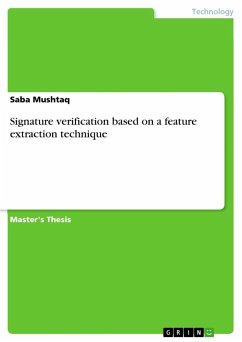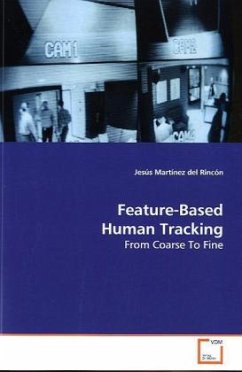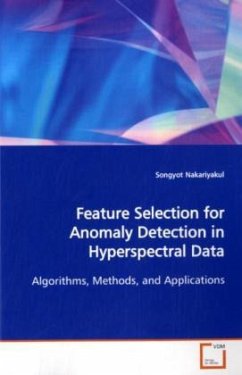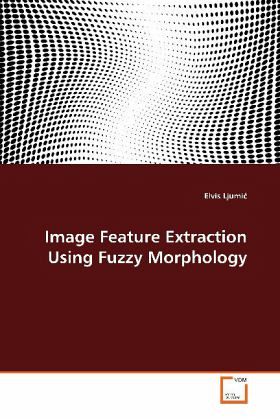
Image Feature Extraction Using Fuzzy Morphology
Versandkostenfrei!
Versandfertig in 6-10 Tagen
38,99 €
inkl. MwSt.

PAYBACK Punkte
19 °P sammeln!
This work proposes a process for extracting featuresfrom remotely sensed imagery that utilizes fuzzymathematical morphology operators. A key concept isthe introduction of an Adaptive Fuzzy Morphology. TheAdaptive Fuzzy Morphology uses an image generatedparameter that is uniquely specific to an image basedon certain image characteristics. That parameter issubsequently used with a set of predefined T-normsand S-norms to generate morphological operators whichprocess the image. Furthermore, the work illustratesmorphological operators based on grayscalemorphology, classical fuzzy morphology, additi...
This work proposes a process for extracting features
from remotely sensed imagery that utilizes fuzzy
mathematical morphology operators. A key concept is
the introduction of an Adaptive Fuzzy Morphology. The
Adaptive Fuzzy Morphology uses an image generated
parameter that is uniquely specific to an image based
on certain image characteristics. That parameter is
subsequently used with a set of predefined T-norms
and S-norms to generate morphological operators which
process the image. Furthermore, the work illustrates
morphological operators based on grayscale
morphology, classical fuzzy morphology, additive
morphology, bounded morphology and adaptive
morphology, and explains the process for defining how
the process of generating the adaptive parameter and
the Adaptive morphological operator works. The
different morphologies are compared on sample
Landsat-7, SPOT-5, QuickBird and EROS images. The
performance of the Adaptive Fuzzy Morphology is
compared to the other morphologies and evaluated.
from remotely sensed imagery that utilizes fuzzy
mathematical morphology operators. A key concept is
the introduction of an Adaptive Fuzzy Morphology. The
Adaptive Fuzzy Morphology uses an image generated
parameter that is uniquely specific to an image based
on certain image characteristics. That parameter is
subsequently used with a set of predefined T-norms
and S-norms to generate morphological operators which
process the image. Furthermore, the work illustrates
morphological operators based on grayscale
morphology, classical fuzzy morphology, additive
morphology, bounded morphology and adaptive
morphology, and explains the process for defining how
the process of generating the adaptive parameter and
the Adaptive morphological operator works. The
different morphologies are compared on sample
Landsat-7, SPOT-5, QuickBird and EROS images. The
performance of the Adaptive Fuzzy Morphology is
compared to the other morphologies and evaluated.



